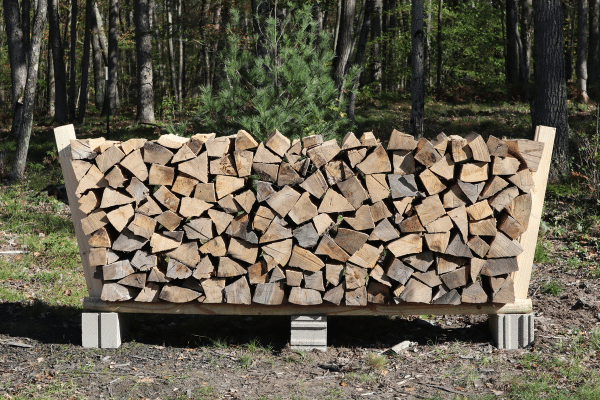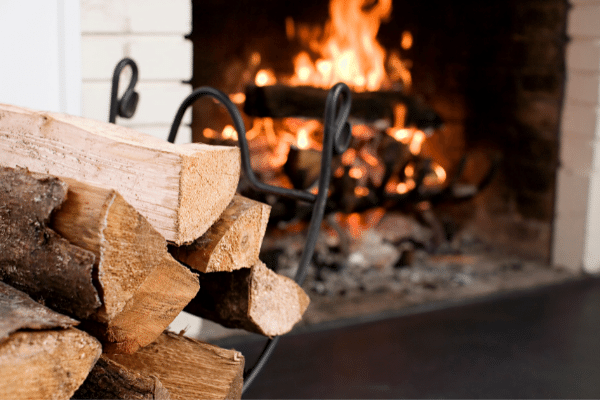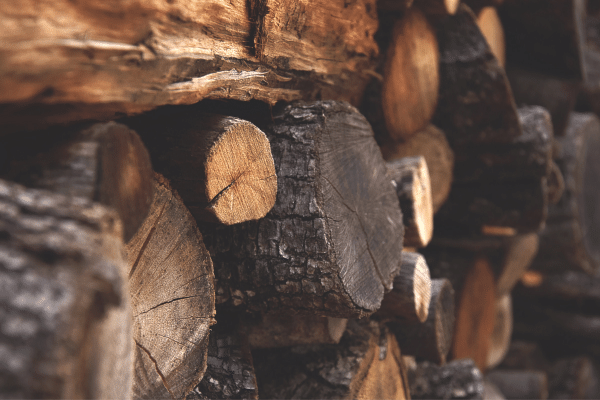- Home
- Types Of Firewood
- Is Osage Orange Good Firewood
Is Osage Orange Good Firewood?
This post may contain affiliate links so I earn a commission.
Is osage orange good firewood to use is your wood stove or fireplace this year?
Yes!
In fact it's one of the hottest burning types of firewood you can choose.
However, the intense heat it produces does require you to take a few extra precautions when burning the wood.
This article will take you on a journey through some common and lesser-known uses for this special species - from firewood to furniture making.
Let's learn more!
What Is Osage Orange Wood?
Osage orange, also known as bowwood, bodark, and bois d’ arc, is an incredibly versatile species.
It grows natively to the south-central United States, taking its name from the Osage Indian tribe.
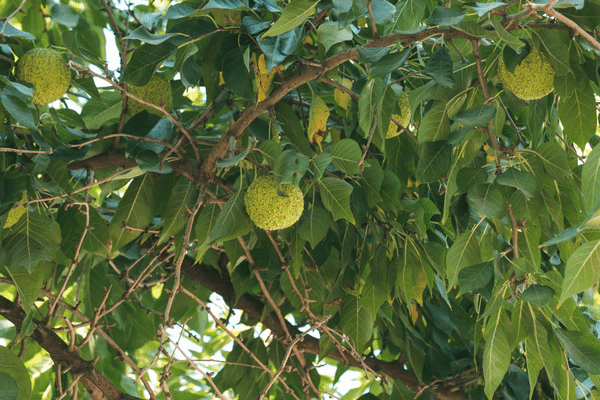
Unique to this genus in the Moraceae family, it has a wide variety of uses due to its slow growth rate.
Most notably, it is a popular choice for hedgerows and shrubs because of the spiny limbs and trunk that make it difficult to penetrate through.
Not only are they popular barriers against intruders, but they are also used for dye production and fence posts due to their durability.
Its crooked shape adds character to any landscape.
Is Osage Orange A Hardwood?
Yes!
This hardwood is known all across America as surpassing the standard red oak in terms of strength and durability.
Not only does it outweigh its competition for bending strength but it is even one hundred percent harder, providing craftsmen with a plethora of options when searching for an excellent woodworking material.
With these unbeatable characteristics, it's easy to see why osage orange is deemed the premier hardwood choice among American consumers.
What Can You Do With Osage Orange Wood?
Osage orange, also known as Maclura pomifera, is widely used for posts in fences due to its strength and remarkable decay-resistant properties.
However, it is not just limited to outdoor uses.
It is most notably utilized in woodturning and woodworking for its attractive coloring.
From musical instruments and pens to cutting boards and bow-making, this impressive hardwood can be formed into a variety of items.
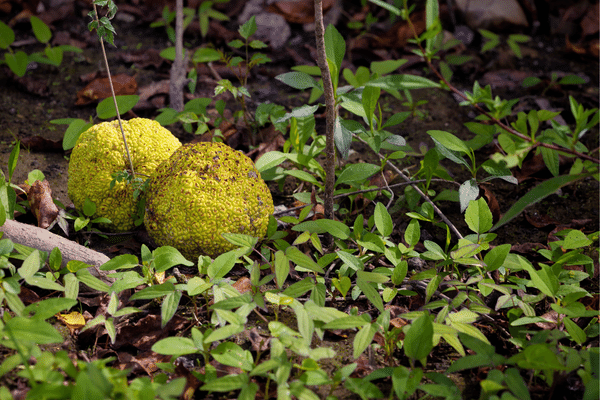
While still being considered one of the hardest woods in the United States, it is surprisingly not too rough on knives when making cutting boards; a favorite woodworking use.
As a homage to its Native American roots, osage orange can even be crafted into bows that Indigenous tribes found useful for defending themselves thousands of years ago.
Its elasticity made it an ideal material with which to form these weapons.
Its widespread usage over time attests to its diverse capabilities and breathtaking beauty.
Osage orange fruit may seem like just a regular orange or apple, but it packs some unique benefits.
Not only is the wood from this tree one of the highest BTU-producing firewoods in the United States, but essential oils extracted from its fruits are also used for medicinal purposes due to their antiseptic and anti-fungal properties.
In fact, Native Americans have long used these oils as a remedy for treating various fevers and nasal congestion issues.
Additionally, these trees have a distinct value aesthetically; they typically reach heights of 50-60 feet, with large crowns often stretching up to 25 feet in diameter - making them ideal for pruning into thick hedges or property borders.
Although ingesting osage orange itself is ill-advised due to its intensely bitter flavor and skin irritations caused by its latex-like liquid, its hard and dense seeds can be toasted and are edible.
Is Osage Orange Good Firewood To Split?
Is osage orange good firewood to split?
Not really.
Osage orange is a wood with tough properties; even when green, it can be a difficult wood to work.
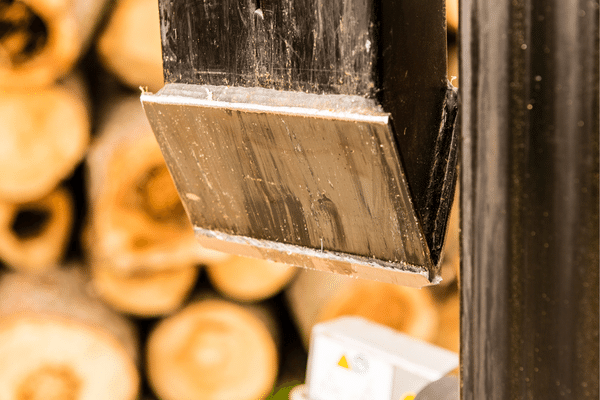
However, once dry, its density increases and makes it almost impossible to split by hand and you'll typically need a hydraulic wood splitter.
Seasoning the wood is a challenging process, as the recommended drying times vary from six months to two years, depending on the user's preference for fire temperature and other factors.
For home-burning applications, users should exercise caution because of its solidity and stability when burning hot and sometimes long into the night.
Those who take their time in seasoning osage orange will enjoy its beauty, strength, and unique qualities for many years to come.
How To Store Osage Orange Firewood
As with stacking any firewood, it is always best to never stack directly on the ground as the pieces in contact with the ground will draw moisture from the soil as opposed to drying.
Use pallets or old beams, etc. to stack your wood on, allowing for air circulation under the stack as well as around it.
If your space allows, stack in direct sunlight as this will shorten the drying time.
Always allow for ample air circulation between the rows of wood.
It is always a benefit to cover the tops of the wood stacks to keep out rainwater.
Never tarp a stack completely to the ground as moisture will become trapped under the tarp and create a sauna-like effect on your wood pile.
Is Osage Orange Good Firewood To Burn?
Who doesn't love a cozy, warm fire in the winter?
To achieve this, it is best to keep a good balance between different kinds of wood.
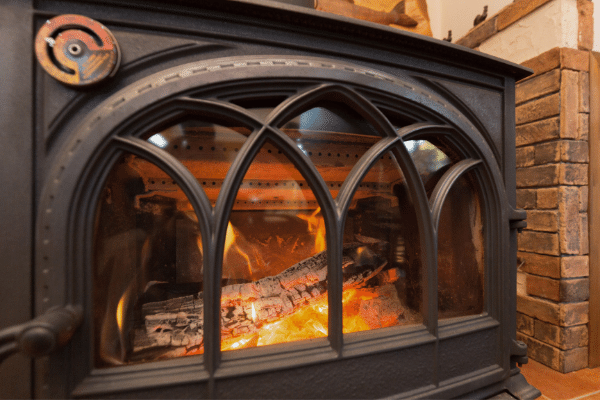
Osage orange can be a great choice due to its high BTU rating, but sometimes it can burn too hot and too intensely.
To avoid this, it is recommended that one mix their woods and include some ash, beech, or maple, for example.
This will ensure a steady fire without having to sacrifice the warmth.
Additionally, since osage orange is so dense and prone to throwing sparks, extra precaution should always be taken when opening the door of the wood stove and during filling in order to prevent injury or any other unwanted incident.
How Hot Does Osage Firewood Burn?
Osage orange produces 32 million BTUs per cord of firewood which is the hottest burning firewood in the world, surpassing even oak, which produces nearly 27 million BTUs per cord.
As recommended above it is considered prudent to mix in other woods to reduce the intensity of the fire.
Burning just osage orange can produce temperatures high enough to warp your wood stove and burn the grates out of the stove’s bottom.
By mixing the woods, you can keep the fire under control and protect your wood stove and grates.
Burning just this type of firewood can produce extreme temperatures, which could damage your stove beyond repair.
Does Osage Orange Produce Sparks And Creosote?
Although osage orange is one of the wood varieties that produces extremely hot flames and sparks, it is important to note that the high sap content inherent in this type of wood does increase the risk of creosote buildup in a stove pipe.
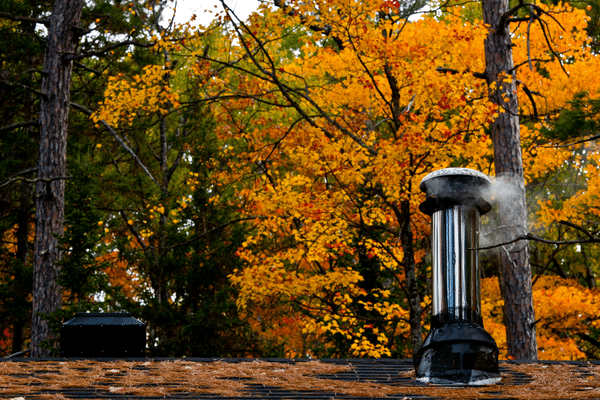
This necessitates frequent cleaning of such pipes to reduce the chance of fire due to blockages and buildups in chimneys.
Fireplaces should be monitored closely for creosote when using any wood, especially if your firewood isn't completely seasoned.
While sap can play a factor in creosote production, wet firewood is the biggest culprit for creosote buildup.
As wet firewood sizzles and smokes, the unburned particles are carried up the chimney where they adhere to the chimney walls in the form of creosote.
Is Osage Orange Good Firewood - Overall
While its appearance alone may not draw the trumpets, osage orange wood has proven itself over the years as a must-have resource.
As far back as Native American tribes in the Midwest, it became coveted for their bows and other weapons and tools of warfare.
Today, burning, fence posts and even some specialized woodworking projects take advantage of this colorful - albeit sometimes difficult - wood type.
Osage orange wood is an incredibly versatile material with any number of applications - and it certainly deserves our attention!
